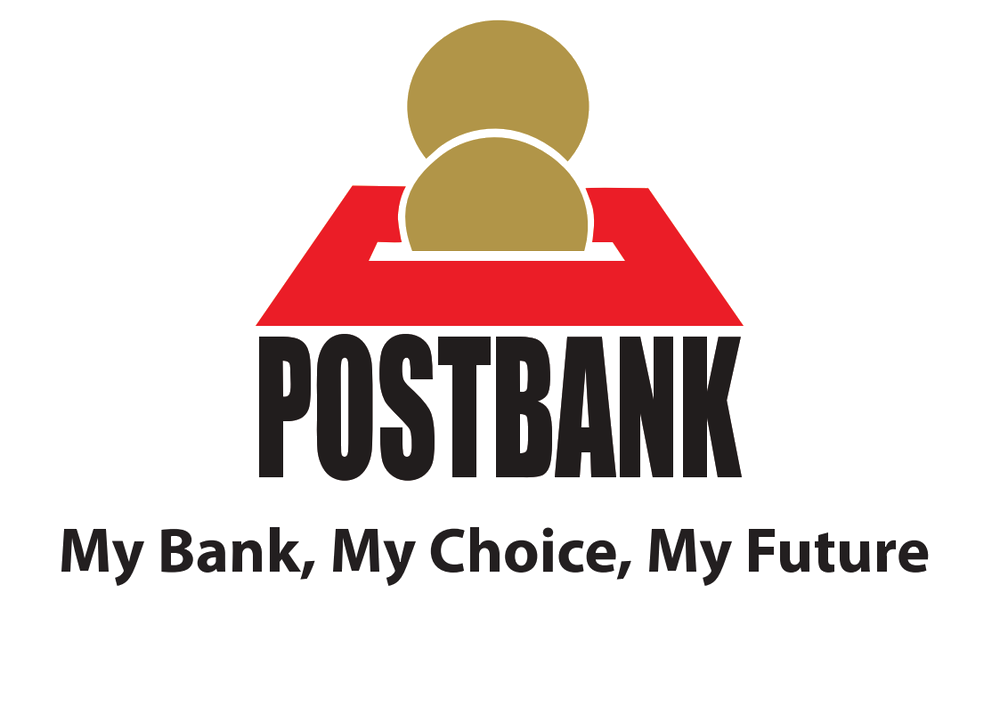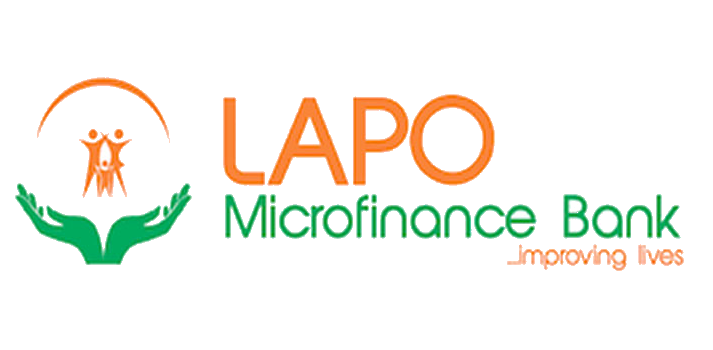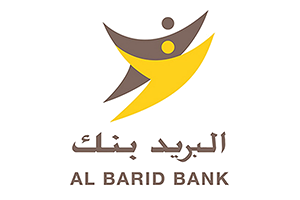Nevertheless, more than 13 million adults, or 4% of the adult population, face financial exclusion, according to an ESBG analysis of the Global Findex Database 2021, recently released by the World Bank.
BRUSSELS, 14 July 2022 – The number of unbanked citizens more than halved over the past four years, but more than 13 million adult EU citizens still lack access to formal financial services, with room for Europe’s savings and retail banks to continue contributing to financial inclusion.
The European Savings and Retail Banking Group (ESBG) conducted an analysis of the Global Findex Database 2021 recently released by the World Bank, and was pleased to find that the number of banked adults in the EU has climbed.
This significant improvement can be attributed to increased efforts from the banking industry, including notably the ESBG membership serving 162 million Europeans, as well as to an increased move towards digitalisation spurred by the pandemic.
“Financial inclusion is at the core of our members’ vocation and they put great efforts on serving individuals, families and SMEs, with a focus on leaving no one behind, which has surely contributed to the improvement of financial inclusion in the block”, said ESBG Managing Director, Peter Simon.
According to the World Bank Findex (which has no data for Luxembourg over 2021), 3,6 % of Europe’s population remain financially excluded, an improvement from the 8,2% reported in 2017. This percentage translates to some 13 million adult citizens being unbanked in 2021, down from close to 31 million in 2017.
Part of the remaining unbanked are probably less-digital savvy people and banks need to continue cater for that segment. Without any doubt, all the unbanked rely on cash to participate in the economy and therefore banks must play a responsible role regarding cash provision.
Looking at some European countries in detail, Romania suffers the highest no-account rate at 30,9%, while neighbour Bulgaria faces the second highest financial exclusion rate at 16%. Following them are Hungary (11,8%), Croatia (8,2%) and Portugal (7,4%). Compared to the 2017 data, Bulgaria showed nearly an 11 percentage points improvement from 2017 when they reported 27,8% of the population remained unbanked. The Czech Republic and Lithuania significantly improved their unbanked rates over the reported period, dropping out of the top 5 list of EU countries with the highest no-account rates, as Croatia and Portugal replaced the pair.
Best-in-class countries include Denmark, with hardly any unbanked people reported, followed by Germany (0,02% unbanked) and Austria (0,05%). These are followed by the Netherlands (0,3%) and Sweden (0,3%). Austria is the newcomer in this top 5, replacing Belgium. Nevertheless, Belgium, together with 10 other countries have more than 99% of their population participating in banking services.
Table: Financial inclusion in EU Member States, unbanked adults
(Sources and notes: Global Findex – 2021 data on Luxembourg is missing in Global Findex so has been omitted, analysis by WSBI-ESBG)
| 2017 | 2021 | |||
| Country | Unbanked adults 15+ | Relative share | Unbanked adults 15+ | Relative share |
| Austria | 137.700 | 1,84% | 3.761 | 0,05% |
| Belgium | 128.041 | 1,36% | 95.329 | 0,99% |
| Bulgaria | 1.697.604 | 27,80% | 947.642 | 16,03% |
| Croatia | 494.946 | 13,86% | 283.466 | 8,20% |
| Cyprus | 109.767 | 11,28% | 69.197 | 6,87% |
| Czech Republic | 1.703.016 | 19,01% | 456.366 | 5,06% |
| Denmark | 3.947 | 0,08% | 0 | 0,00% |
| Estonia | 22.137 | 2,01% | 6.929 | 0,62% |
| Finland | 9.866 | 0,21% | 21.861 | 0,47% |
| France | 3.270.789 | 6,00% | 419.374 | 0,76% |
| Germany | 613.053 | 0,86% | 16.765 | 0,02% |
| Greece | 1.341.302 | 14,53% | 473.335 | 5,12% |
| Hungary | 2.105.537 | 25,06% | 983.136 | 11,78% |
| Ireland | 173.372 | 4,66% | 13.310 | 0,34% |
| Italy | 3.255.366 | 6,21% | 1.401.949 | 2,71% |
| Latvia | 112.583 | 6,78% | 53.731 | 3,38% |
| Lithuania | 419.049 | 17,12% | 152.777 | 6,47% |
| Malta | 10.302 | 2,64% | 15.982 | 3,55% |
| Netherlands | 51.485 | 0,36% | 39.231 | 0,27% |
| Poland | 4.292.591 | 13,27% | 1.377.061 | 4,28% |
| Portugal | 681.086 | 7,66% | 658.625 | 7,35% |
| Romania | 7.039.982 | 42,25% | 5.031.950 | 30,88% |
| Slovak Republic | 727.964 | 15,82% | 201.923 | 4,38% |
| Slovenia | 43.408 | 2,47% | 16.937 | 0,95% |
| Spain | 2.474.022 | 6,24% | 689.696 | 1,70% |
| Sweden | 21.133 | 0,26% | 26.545 | 0,31% |
| Totals | 30.940.048 | 8,20% | 13.456.879 | 3,54% |
Press contact
Leticia Lozano, Senior Communications Advisor
leticia.lozano@wsbi-esbg.org
+32 476420953
related
European Banking Authority (EBA) on ESG risk management
The European Savings and Retail Banking Group (ESBG) submitted its response to the consultation launched by the European Banking Authority (EBA). ESBG insists on the need for consitency with CSRD and CSDDD, the addressees of this guideline should also
ESBG advocates for increased clarity and streamlining of supervisory reporting requirements
On 14 March, ESBG submitted its response to the European Banking Authority (EBA) consultation on ITS amending Commission Implementation Regulation (EU) 2021/451 regarding supervisory reporting
WSBI-ESBG advocates for robust implementation of the BCBS Pillar 3 framework for climate-related financial risks
On 14 March, WSBI-ESBG submitted its response to the Basel Committee on Banking Supervision (BCBS) consultation on its Pillar 3 disclosure framework for climate-related financial risks
ESBG stresses the need for consistency and clarity in its Response to the SFDR Review Consultation
ESBG submitted its response to the European Commission’s consultation on the SFDR review, aiming to enhance transparency in sustainability-related disclosures within the financial services sector
ESBG’s response to the Commission’s consultation on the GDPR
The primary EU legislation ensuring the fundamental right to data protection is the General Data Protection Regulation
Joint statement calling for clear distinction between AI and credit scoring in AI Act
On 11 January 2024, a joint industry statement was issued by ESBG, together with the Association of Consumer Credit Information Suppliers (ACCIS)
Social Partners call for Parliamentary support in review of the Sectoral Social Dialogue Framework
On 26 May, 35 European Social Partners from a wide range of sectors requested support from the European Parliament in the review
ESBG responds to the Commission’s consultation on its Taxonomy Environmental Delegated Act
On 3 May, ESBG responded to the Commission’s consultation on its new set of EU taxonomy criteria for economic activities that
ESBG revises its position paper on the CSDDD in accordance with the recent negotiations
Given the developments of the recent political negotiations, ESBG has decided to update its position paper on the Corporate Sustainability Due Diligence Directive (CSDDD)
ESBG’s letter to the Commission on the EBA RTS and GL on interest rate risk in the banking book
Whilst we support a revision of the framework capturing interest rate risks for banking book positions








































